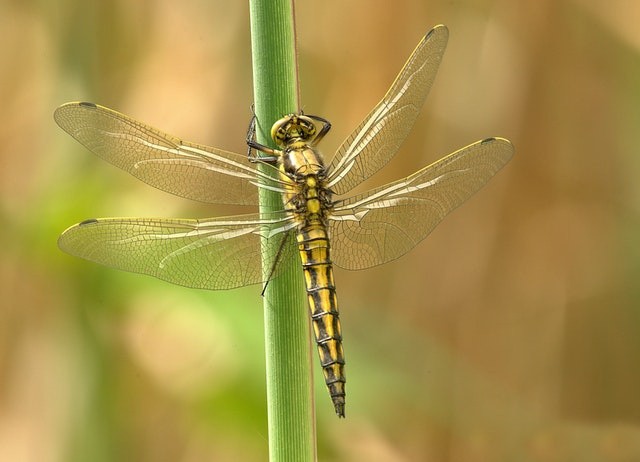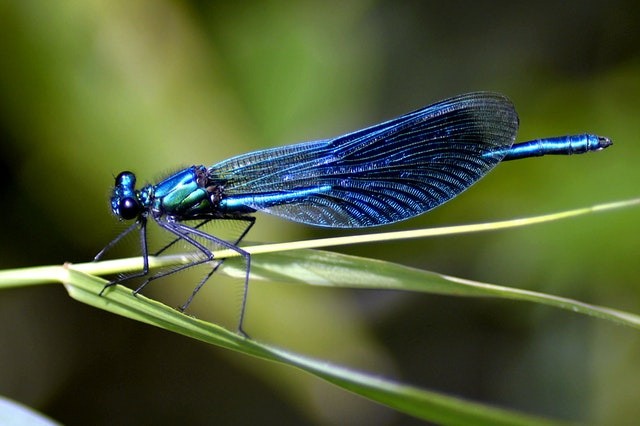A research team led by Simon Fraser University reveals how fossil dragonfly relatives have been misidentified due to their bizarre similarity.
For over 150 years, researchers have been wrongly classifying a group of fossil insects to be damselflies, who are the familiar cousins of dragonflies that bat around wetlands feeding on mosquitoes.
While they are strikingly identical, these fossils have strangely shaped heads, which scientists have always assigned to distortion arising as a result of the fossilization process.

Distinctive Shape of the Insect
Nevertheless, a team of scientists from Simon Fraser University (SFU), led by paleontologist Bruce Archibald has found out they are not damselflies at all, but symbolize a major new group of insects that is intimately similar to them.
The discoveries, released today in Zootaxa, reveal that the distinctive shape of the insect is non-protruding, has rounded eyes that's set close to the head, are the defining characteristics of an insecta related to damselflies and dragonflies that the scientists have named Cephalozygoptera.
ALSO READ : These Ants Think They're Spartans
Scientists Thought Insects were Damselflies
Archibald stated that they also thought the insects were damselflies when they began fossils finding in British, Washington and Columbia. But when they did a closer examination, they noticed that the insects looked similar to a fossil that German paleontologist Hermann Hagen wrote about in 1858.
Hagen set the model of connecting the fossil to the damselfly suborder even though it has a different head shape, which did not fit well with damselflies at all. They (Damselflies) have short and wide heads with eyes specifically extending far to each side. Hagen's fossil, nevertheless, had a strange rounded head and eyes. But he assumed this difference was not true, as it was caused by distortion during the fossilization process.
Archibald says "Paleontologists since Hagen had written that these were damselflies with disfigured heads. A few faltered, but still attributed them to the damselfly suborder."
The Simon Fraser University led team of researchers, which includes Robert Cannings from the Royal British Columbia Museum, Seth Bybee and Robert Erickson from Brigham Young University and Simon Fraser University's Rolf Mathewes, scrutinized through 162 years of scientific papers and found that many related specimens have been discovered since the time of Hagen.

Strange Head of Fossil in their True Shape
They experienced a moment od shock when they noticed the strange heads of their new fossils were surely in their true shape. The scientists used the defining head shape of the fossils to name the new suborder Cephalozygoptera, which means "head damselfly".
The oldest known species of Cephalo Zygoptera (head damselfly) survived among dinosaurs in the Cretaceous age in China, and was last known to exist about 10 million years ago in Spain and France.
Archibald says damselflies were important elements in food webs of wetlands in ancient British Columbia and Washington about 50 million years ago, after the extinction of the dinosaurs but why they reduced and went extinct remains a mystery.
Archibald spent over 30 years finding out the fossil-rich deposits of southern British Columbia and Northern Washington. Till date, while working with others, he has found and given names to more than 80 new species from the area.
RELATED ARTICLE : Butterflies in Danger: Routine Mosquito Sprays Harm More Than Thought
For more news, update about insects and similar topics don't forget to follow Nature World News!
© 2026 NatureWorldNews.com All rights reserved. Do not reproduce without permission.





